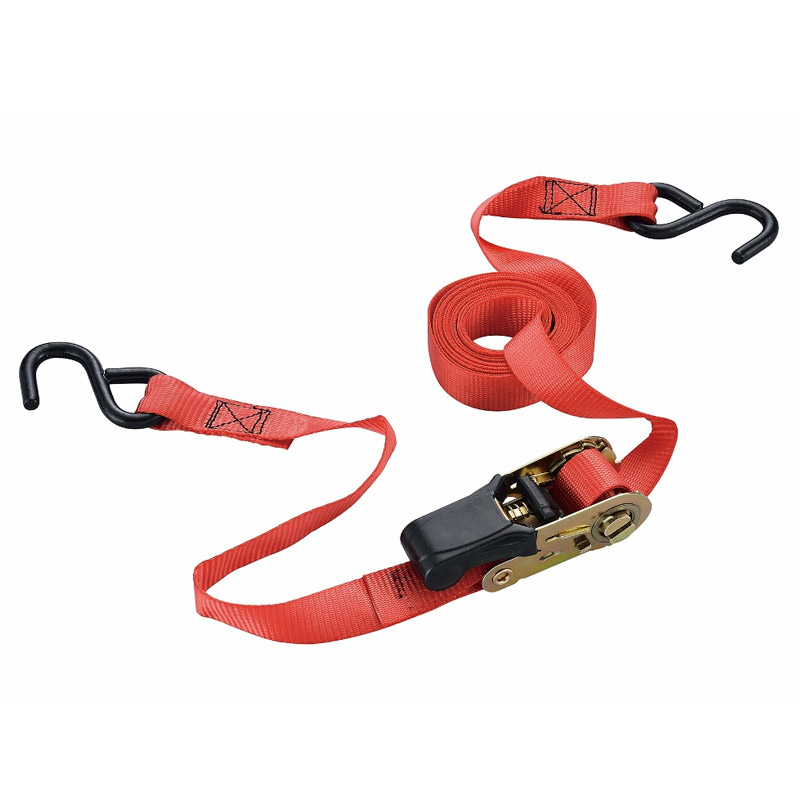M16 Concrete Anchor - Heavy Duty Fastening Solutions | Reliable & Durable
The M16 Concrete Anchor A Reliable Choice for Heavy-Duty Applications
When it comes to construction and heavy-duty machinery installation, selecting the right anchor is crucial for ensuring safety and stability. Among the myriad of options available, the M16 concrete anchor has gained considerable popularity due to its robustness and reliability. This article will delve into the features, applications, and installation methods associated with M16 concrete anchors, illustrating why they are a preferred choice for many engineers and contractors.
Understanding M16 Concrete Anchors
The M16 concrete anchor is typically characterized by an outer diameter of 16mm, making it suitable for applications that require significant load-bearing capabilities. These anchors are generally made from high-strength materials, such as carbon steel or stainless steel, which contribute to their durability and resistance to environmental factors like corrosion and wear. This high level of resilience makes M16 anchors suitable for both indoor and outdoor use.
Applications
M16 concrete anchors are widely employed in various applications, including but not limited to
1. Structural Support They are often used to secure beams, columns, and other structural elements in place, providing essential support in buildings, bridges, and other infrastructures. 2. Machinery Installation In industries where heavy machinery is installed, M16 anchors hold equipment firmly, ensuring stability during operation and preventing vibrations that could lead to damage or accidents.
3. Public Infrastructure These anchors play a pivotal role in securing public amenities such as fences, signposts, and lighting, contributing to the overall safety of public spaces.
m16 concrete anchor

Installation Process
Installing M16 concrete anchors involves several crucial steps to ensure maximum effectiveness
1. Site Preparation The installation site must be clean and free of debris. Any dust or contaminants can weaken the bond between the anchor and the concrete.
2. Drilling A hole is drilled into the concrete using a hammer drill. The diameter and depth of the hole must correspond to the specifications of the M16 anchor to ensure proper fit.
3. Placement Once the hole is drilled, the anchor is inserted. It is essential to ensure that the anchor is seated properly within the concrete for optimal performance.
4. Securing Depending on the design of the anchor, a bolt may be threaded into the anchor once it is in place, tightening to secure the assembly firmly.
In conclusion, the M16 concrete anchor stands out in the construction and engineering fields due to its strength, versatility, and ease of installation. Whether it’s for structural support, machinery installation, or public infrastructure, M16 anchors offer a reliable solution for a variety of applications. As the construction industry continues to evolve, the demand for high-quality anchors like the M16 will undoubtedly persist, highlighting their importance in ensuring safety and stability in modern engineering projects.
-
Wedge Anchor Bolts: Secure Fastening SolutionsNoticiasAug.05,2025
-
Insulation Fixings: Secure and Durable SolutionsNoticiasAug.05,2025
-
Full Threaded Studs: Versatile Fastening SolutionsNoticiasAug.05,2025
-
Expanding Fasteners: Secure and Reliable SolutionsNoticiasAug.05,2025
-
Butterfly Toggle Anchors: Secure and Easy to UseNoticiasAug.05,2025
-
Bracing Solutions for Steel StructuresNoticiasAug.05,2025
